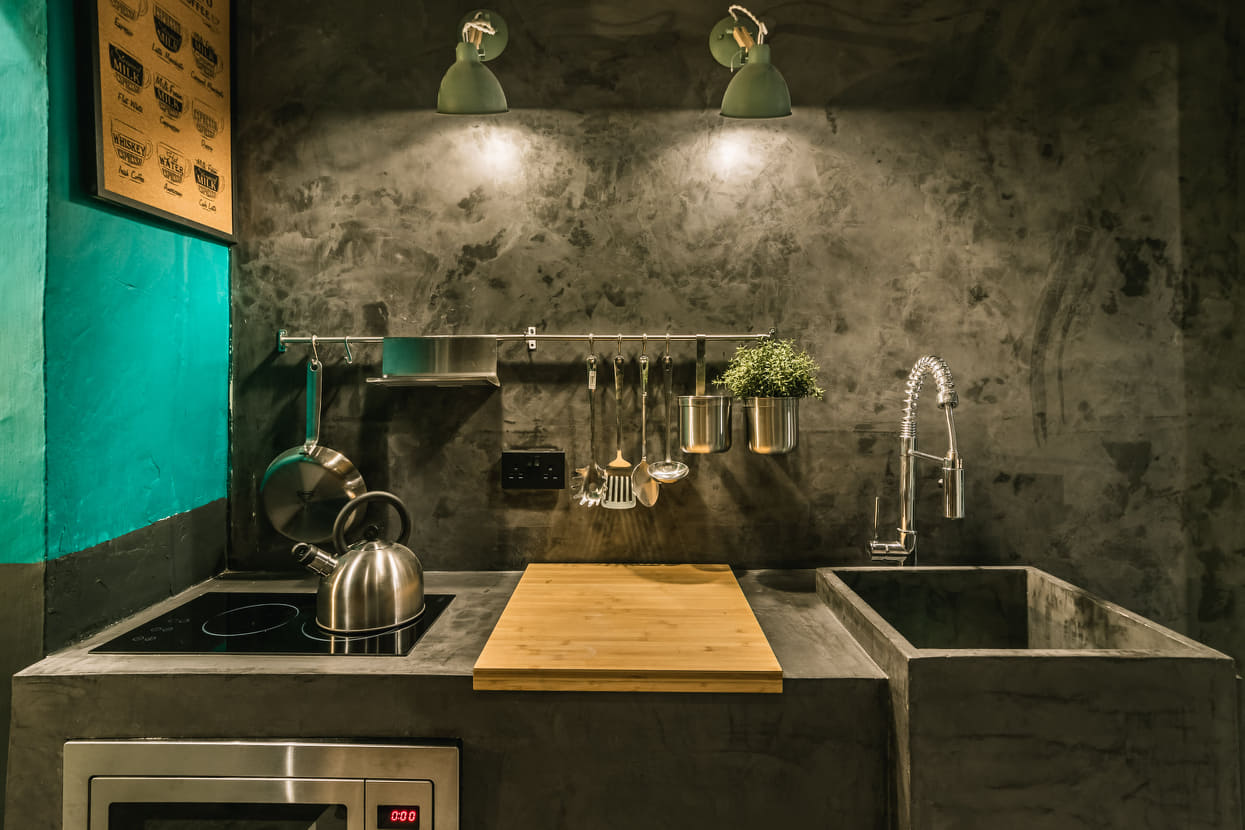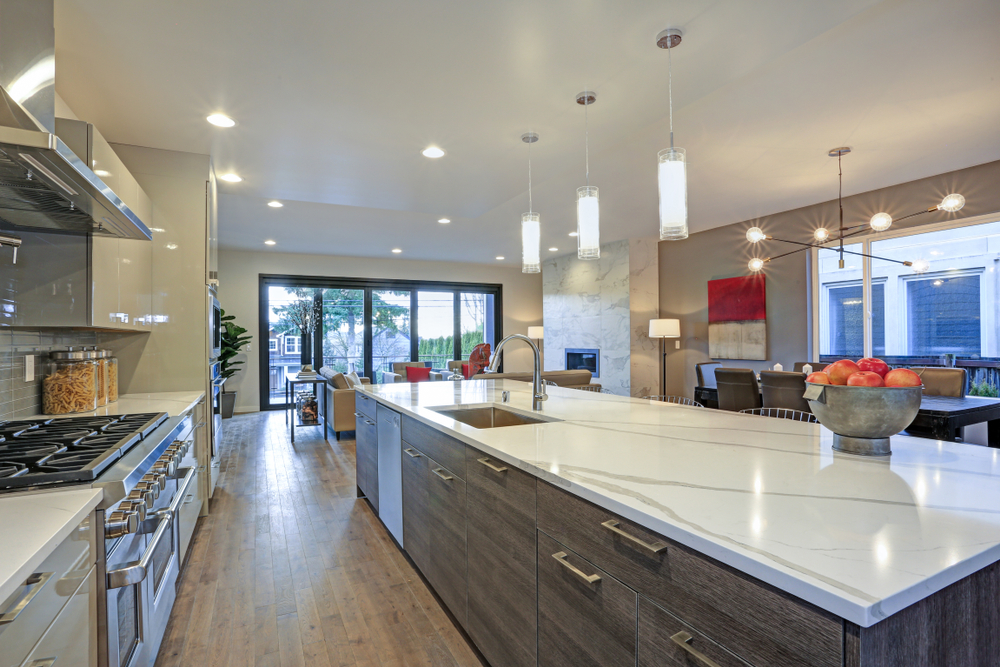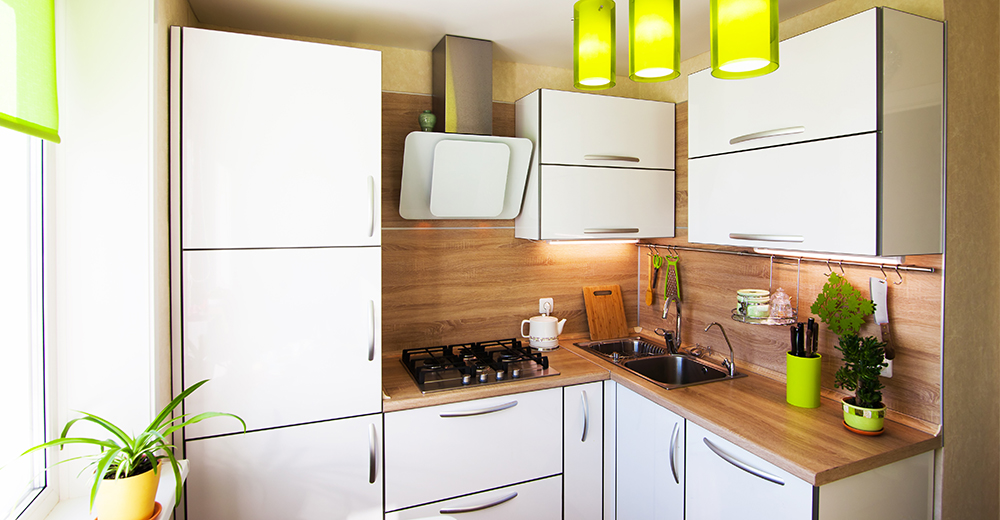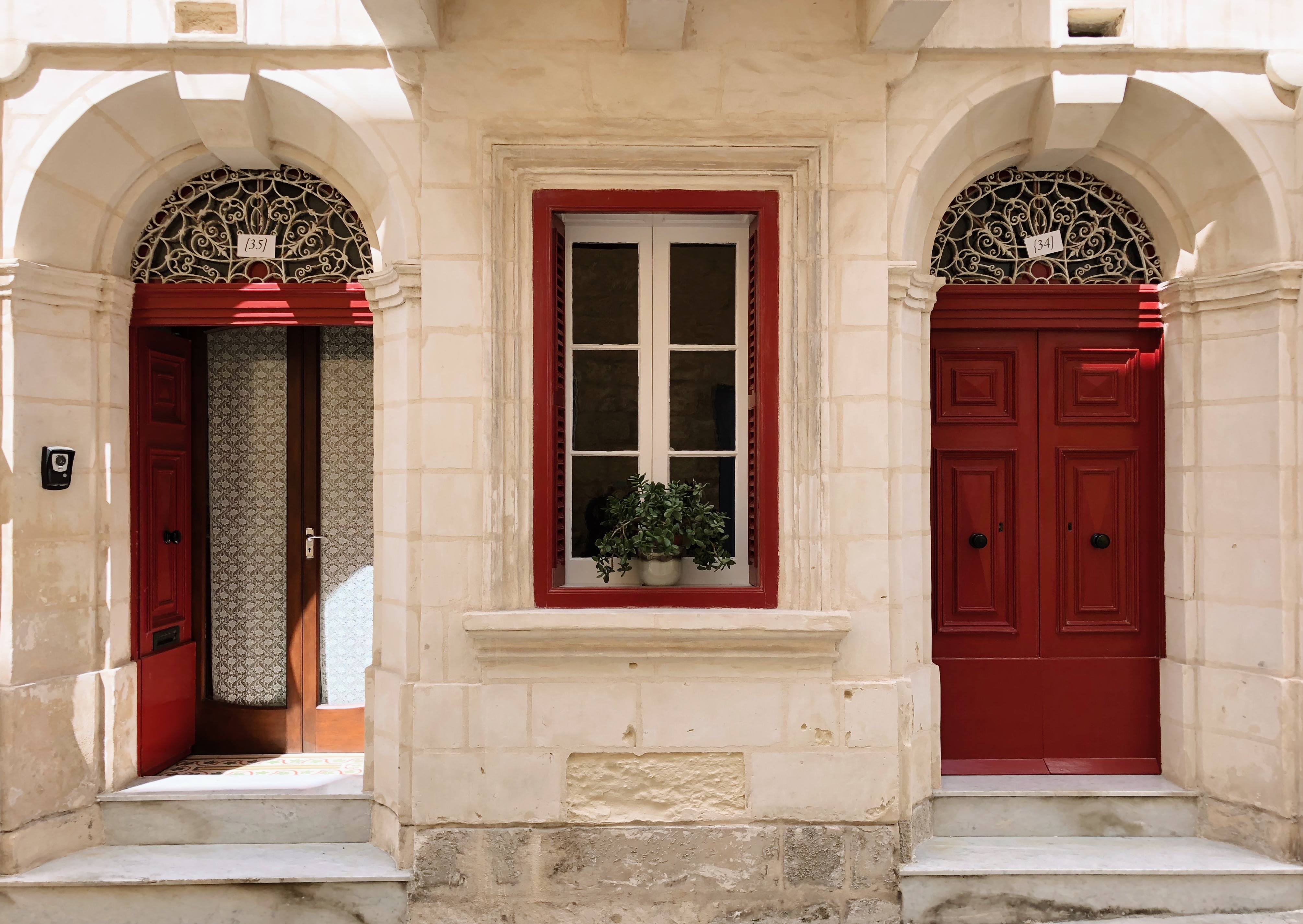[av_textblock size=” font_color=” color=” av-medium-font-size=” av-small-font-size=” av-mini-font-size=” av_uid=’av-ju9hh9wj’ custom_class=” admin_preview_bg=”]
As an island, there’s no question about it: Architecture in Malta is our bread and butter. Our use of masonry, timber, and iron have put our facades, houses and places in ads, films, postcards, shirts and, merchandise of all kinds. Fortunately, thanks to people fighting for our heritage, some of our most stunning architectural elements – particularly our traditional wooden balcony – are now protected. But there’s another architectural piece that’s a little older than the balconies, a little less known, but still equally important, and that’s the antiporta.
[/av_textblock]
[av_codeblock wrapper_element=” wrapper_element_attributes=” codeblock_type=” av_uid=’av-jsaigqjo’ custom_class=”]
[house_meta_top/]
[/av_codeblock]
[av_one_full first min_height=” vertical_alignment=” space=” custom_margin=” margin=’0px’ link=” linktarget=” link_hover=” padding=’0px’ border=” border_color=” radius=’0px’ background=’bg_color’ background_color=” background_gradient_color1=” background_gradient_color2=” background_gradient_direction=’vertical’ src=” background_position=’top left’ background_repeat=’no-repeat’ animation=” mobile_breaking=” mobile_display=” av_uid=’av-8tw0m’]
[av_textblock size=” font_color=” color=” av-medium-font-size=” av-small-font-size=” av-mini-font-size=” av_uid=’av-js671sss’ custom_class=” admin_preview_bg=”]
With this in mind, we decided to find out more. The ‘Antiporta: A Fading Negotiation’ was an architectural-artistic installation put together by six local creatives for Time Space Existence, an exhibition that was part of last year’s Architecture Biennale in Venice.
Recently, the writers at House.mt got invited to the Q&A which concluded the exhibition’s run at Spazju Kreattiv, Valletta. You can find our article on the Q&A here – we’ve reserved this article for information about the antiporta itself.
A big thank you to Lisa Gwen (@MaltaDoors) for our featured image!
1. The antiporta served a very social function for Maltese homeowners
https://www.instagram.com/p/BjAZkEUgUeS
It was the way a private home communicated with neighbours, passers-by, and locals. If temporary entry or a request for a visit is welcome, you’d likely find the front door open, with the antiporta as the only barrier to the inside. During an afternoon siesta, the door would be closed.
Our more modern equivalent? Logging off Facebook, or putting on earphones when we don’t want to be disturbed.
2. The older the antiporta, the more revealing the glass
From conversations with local historians and craftsmen, the team found out that older antiporta had more transparent glasses, whereas, as time passed, homeowners would either put a thin veil over them or opt for opaque glass, obscuring how much an outsider can see of the inside.
https://www.instagram.com/p/BiGqqFYgKKb
3. The muxrabija, the balcony, and the antiporta all reveal a lot about the Maltese household:
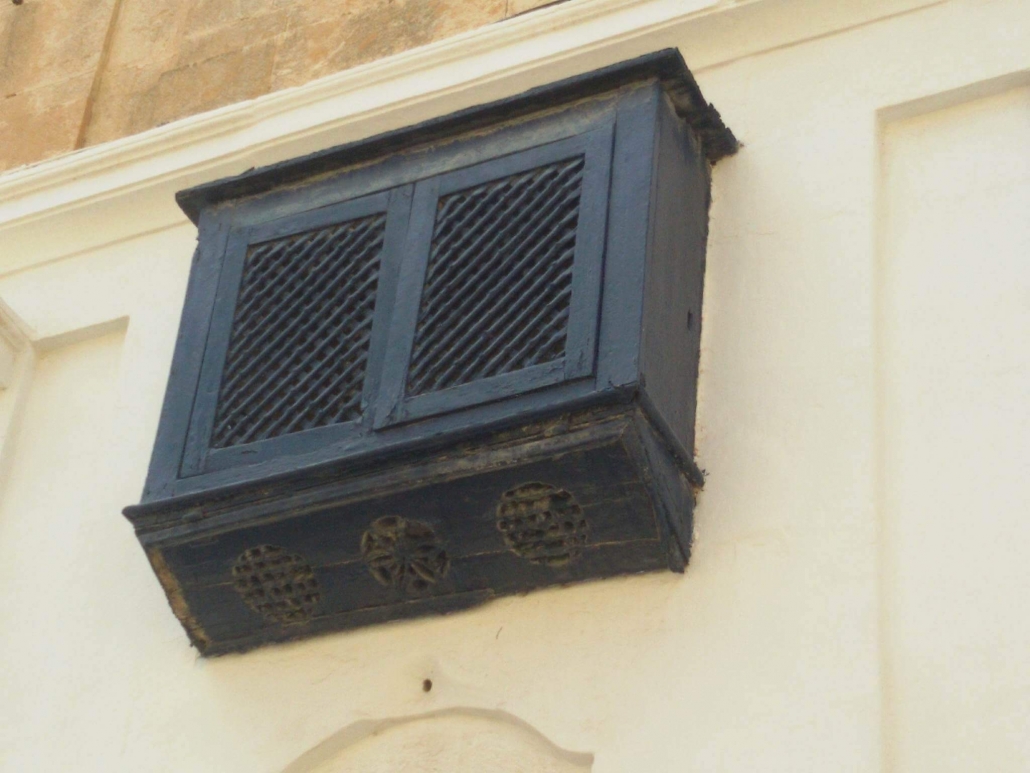
The Moroccan Muxrabija (look-out place), potential ancestor to our balcony, was a wooden frame which entirely screened the window save for small holes or apertures. Through the small holes, the person on the inside could observe the street outside whilst remaining hidden. It belonged to a time when women couldn’t socialise with the outside world, but despite the march of time and social progress, the desire to see, but not be seen would become a characteristic of both the balcony and the antiporta.

4. 40 years ago, an antiporta wouldn’t normally be locked.
Like other vehicles for nostalgia, the antiporta revives memories of Malta’s more rural, peaceful past. But it’s not just that: It reminds us of a time when the private home continuously interacted with neighbourhoods and the community. Be that for the baker to bring in the bread or for a friend to pop in for a can of salsa.
https://www.instagram.com/p/BtfmZCeHYf-/
5. The Antiporta had a role in how we dealt with Malta’s climate
https://www.instagram.com/p/Bj2aB1Bg3ku/
The skilled local workers that the antiporta team met expressed a great desire for more appreciation of so distinct a characteristic within a Maltese home. And it’s not just because the antiporta looks ‘sweet’ or because it is ‘typical’ but rather because it functioned so very well. Beyond the symbolic and the vernacular, the antiporta was also a terrific way to take advantage of Malta’s climate, let the light in, keep the summer’s warmth moderate, provide an extra layer against Winter’s winds and storms, and more.
6. The Antiporta is not protected as an architectural feature
https://www.instagram.com/p/Bij4KkRgpVO/
Currently, the antiporta has no legal protection. Unlike the balcony, the antiporta is not external to a building, and thus can be demolished by any owner and the regulations that protect the Maltese balcony do not apply to the antiporta. This point was raised by Chris Briffa at the Q&A that took place recently at Spazju Kreattiv, Valletta.
7. People used to decorate the Antiporta with luxurious fabrics
https://www.instagram.com/p/BtvdnZRHZwD/
Lace curtains would be tailor-made to the homeowner’s specifications, and making decorations for the door behind the door was a bit of an industry of its own.
Can you tell us more about this trade?
Forward to our writers at [email protected], or send us a PM.
8. There may be a reason why the handles are placed so low
https://www.instagram.com/p/Bs5DASTn4sY/
And it may have to do with the ratio of the glass to wood. To increase the amount of the width and height of the glass, handles were placed further down. To make it easier for kids to rush in and out may be another influence that led to this characteristic.
BONUS:
1. You can upload pictures of antiporti in Malta on an online archive
In the words of Lisa Gwen,
“Antiporti are so beautiful and intricate, they’re meant to be shown off a little.”
For this purpose, The ANTIPORTA team invites all those interested in being part of the project, to submit clips and images – new, old or even vintage – of the Maltese antiporta. The team will be adding these images to an instagram account (@antiporta_cba) which they’ve created. All contributions and submitted images or clips will form part of the ongoing research and will be shared on the website and/or social media. Images will be credited accordingly.
You can follow this link to upload a photo of an antiporta to the #ANTIPORTA archive! For a look at the collection so far, click here!
2. The Antiporta goes by different names around Malta and Gozo
3. Antiporti used to have bells installed at the top that rang whenever the antiporta was opened or closed.
Fortunato Said reminded us of another important feature of the antiporta – the bell that would ring whenever someone walked in or out of a Maltese home. The antiporta’s iconic bell was brought up at the closing event of the exhibition that took our antiporta to the Venice Architecture Biennale.
Chris Briffa, who led the team behind this exhibition, revealed during the event that he took the bell that graced his grandparent’s antiporta in Birgu and equipped it to his studio – both as a connection to his family and because it admittedly makes quite a charming sound (Who needs alarm systems anyway?).
4. Antiporti come in different shapes and sizes!
We thank Paul Ellul for this photo of a particularly distinctive circular antiporta he found in Birkirkara. According to Paul, this antiporta belongs to a house that was built in the 1930’s.
[/av_textblock]
[av_horizontal_gallery ids=’1738,1737′ height=’45’ size=’large’ links=’active’ lightbox_text=” link_dest=” gap=’large’ active=’enlarge’ initial=” control_layout=’av-control-default’ id=” av_uid=’av-juicrmz8′ custom_class=”][/av_horizontal_gallery]
[av_textblock size=” font_color=” color=” av-medium-font-size=” av-small-font-size=” av-mini-font-size=” av_uid=’av-juicqt7h’ custom_class=” admin_preview_bg=”]
Have a photo to share, or know something about the antiporta we don’t? Forward to our writers at [email protected], or send us a PM on our Facebook page.
We’ll reply!
[/av_textblock]
[/av_one_full][av_codeblock wrapper_element=” wrapper_element_attributes=” codeblock_type=” av_uid=’av-jsaih9mk’ custom_class=”]
[house_meta_bottom]
[/av_codeblock]

